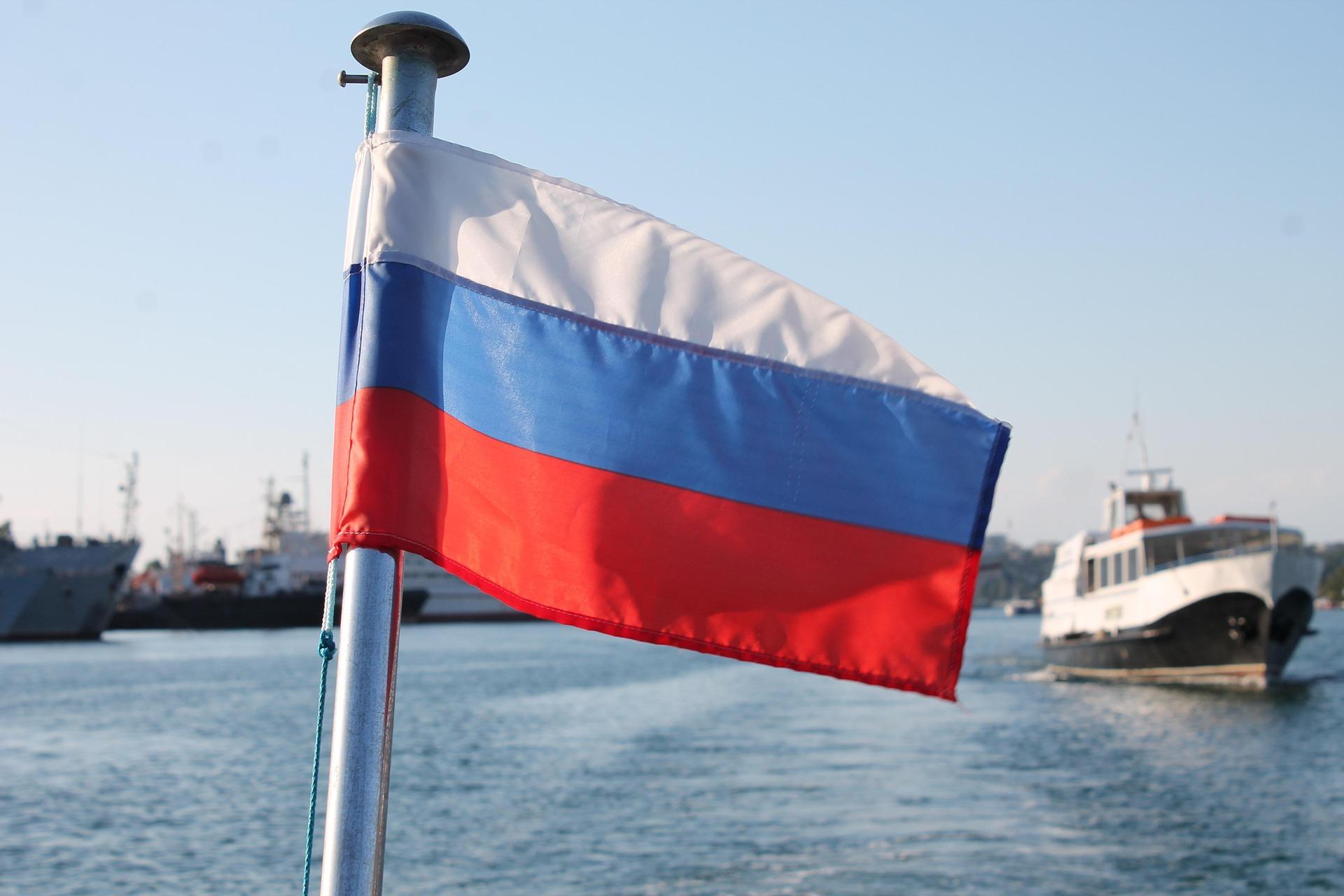
Russia remains one of the world’s most important energy suppliers, even as it faces sanctions, diplomatic isolation, and an ongoing war in Ukraine. Its fossil fuel exports continue to sustain its economy, and a close look at the numbers shows that countries like China, India, and the European Union (EU) are the ones keeping Russian energy flowing. From coal and crude oil to liquefied natural gas (LNG) and pipeline gas, Russia’s buyers are spread across both Asia and Europe, creating a complex web of interdependence.
The latest data on fossil fuel imports from Russia highlights five major categories: coal, crude oil, oil products, LNG, and pipeline gas. Each of these sectors has a distinct set of buyers, reflecting not just energy needs but also political alignments and geographical realities.
Coal is one of the most significant commodities in Russia’s export basket. China dominates here, importing 44 percent of Russia’s total coal exports. India follows with 19 percent, showing how New Delhi has stepped up purchases in recent years as global prices surged. Türkiye takes 11 percent, while South Korea and Taiwan account for 9 percent and 4 percent respectively. This pattern reveals that Asia, particularly China and India, remains the backbone of Russia’s coal trade. Despite global efforts to cut coal consumption, demand in emerging economies ensures Russia retains a strong market.
Crude oil is where Russia’s exports become most geopolitically sensitive. China once again leads, taking 47 percent of Russian crude. India is the second-largest buyer at 38 percent, a dramatic rise compared to pre-2022 levels, when Indian purchases of Russian crude were relatively minor. Since Western sanctions, India has emerged as one of Moscow’s most important partners, benefiting from discounted oil prices. The EU and Türkiye each account for 6 percent, a reminder that even with restrictions, some European countries still rely on Russian crude for their energy security. For Moscow, the continued flow of crude to Asia ensures a steady stream of revenue despite sanctions.
Oil products—refined petroleum products such as diesel and gasoline—show a more diversified buyer list. Türkiye is the largest importer at 26 percent, followed by China at 13 percent and Brazil at 12 percent. Brazil’s presence is particularly interesting, as it reflects Russia’s success in reaching out to Latin America as an alternative market. Türkiye’s role also stands out, as it appears in almost every category of Russian energy exports, reflecting its strategic location and growing role as an energy hub between East and West.
Liquefied natural gas (LNG) tells a different story, with the European Union still holding the largest share at 51 percent. Despite ongoing tensions and efforts to reduce reliance on Moscow, European states remain heavily dependent on Russian LNG. China imports 21 percent, while Japan accounts for 18 percent, making Northeast Asia another crucial market for Russian gas. The numbers reveal the difficulty of transitioning away from Russian energy, especially for Europe, which continues to balance energy security with political considerations.
Pipeline gas remains the most visible symbol of Russia’s energy ties with Europe and Asia. The EU leads with 37 percent, followed by China at 30 percent and Türkiye at 27 percent. This reflects the legacy of Russia’s extensive pipeline infrastructure, which ties Moscow’s economy to its neighbors. While Europe has reduced its pipeline gas imports compared to pre-war levels, it still remains the single largest buyer. Meanwhile, China’s share has steadily risen as Russia redirects more flows eastward.
What emerges from these figures is a clear picture: Russia’s fossil fuel exports have not collapsed under Western sanctions but have instead been reshaped. China and India dominate the crude oil and coal sectors, while the European Union still leads in LNG and pipeline gas. Türkiye features prominently across all categories, reflecting its growing strategic importance. Brazil and Japan also emerge as key partners in specific segments.
For Russia, this diversified set of buyers ensures resilience in the face of sanctions. For the importing countries, the trade is a mix of necessity and strategy. China secures cheap energy to fuel its economy, India balances affordability with geopolitical pragmatism, and the EU struggles to find alternatives while keeping its energy needs met.
The numbers also reveal deeper geopolitical consequences. By becoming Moscow’s largest buyers, China and India have strengthened their leverage in negotiations with Russia, gaining access to discounted energy. Europe, despite its public stance against Russian aggression, still depends on Russian energy flows, showing how energy security often trumps politics. Türkiye, by appearing across coal, oil, LNG, and pipeline gas categories, positions itself as a crucial intermediary in global energy trade.
In short, energy geopolitics in numbers shows that Russia’s fossil fuels remain deeply embedded in global trade. China, India, and the EU are shaping not only Moscow’s revenues but also the future dynamics of the energy market. The reshuffling of trade flows may reduce Europe’s long-term dependence on Russia, but in the immediate term, Moscow continues to find willing buyers. The energy map of the world is being redrawn, and Russia, despite sanctions, still sits at its center.
Disclaimer:
The information in this article is based on publicly available data and reports. It is intended for informational and educational purposes only. We do not guarantee the absolute accuracy of the figures or analysis, and readers are advised to verify details independently before making any conclusions or decisions.




